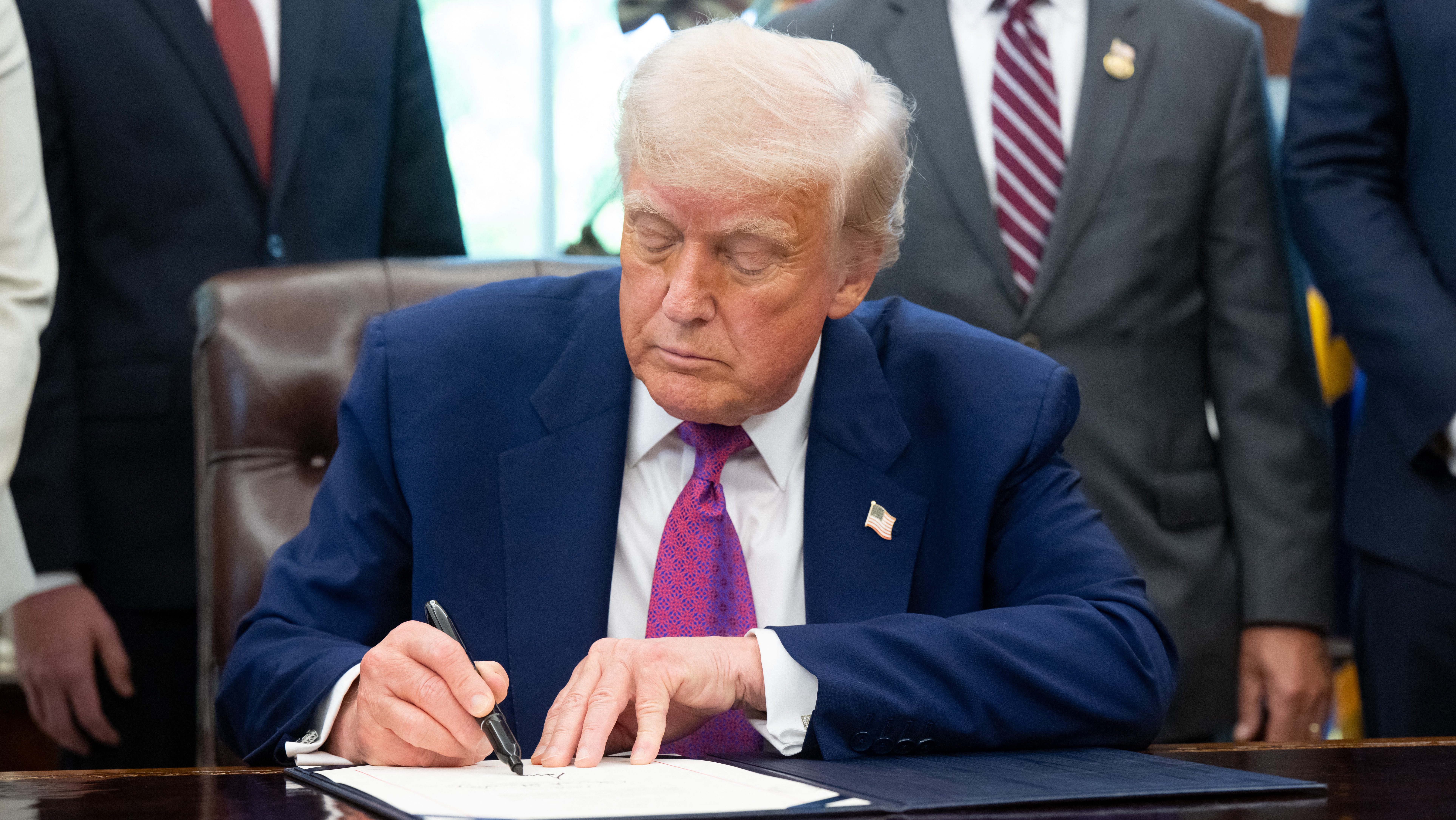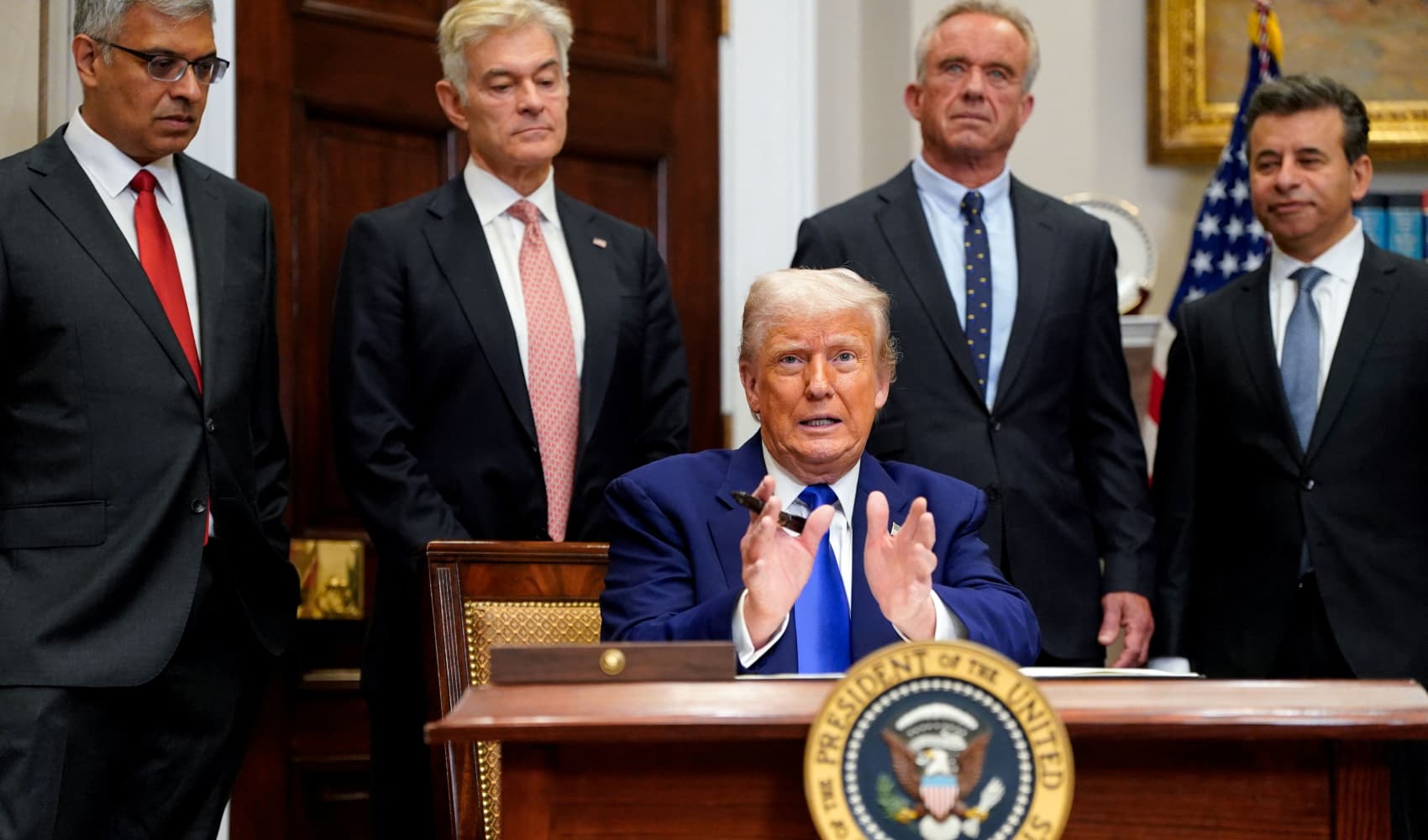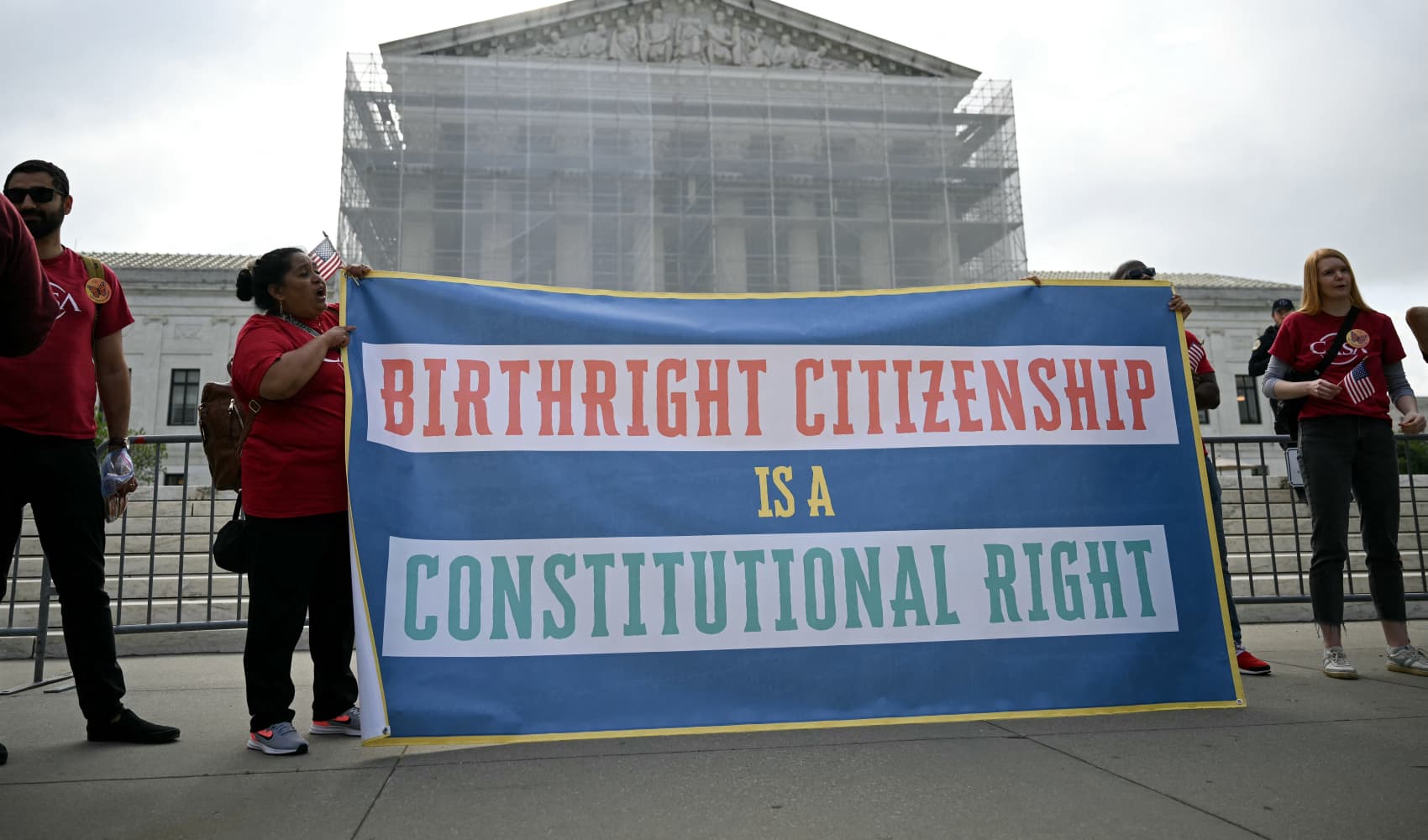Deep-Sea Mining: Trump's Plan to Beat China
Deep-Sea Mining Race: Trump's Bold Move to Overtake China's Mineral Grip
Introduction: Diving Deep into the Mineral Gold Rush
Imagine a world where the seabed, not some dusty mine in the middle of nowhere, holds the keys to our technological future. Sounds like science fiction, right? Well, get ready because U.S. President Donald Trump took a significant step toward making this a reality by signing an executive order to boost deep-sea mining. But why? And what does it all mean? Let's dive in and explore this fascinating and controversial endeavor.
Trump's Executive Order: A Submarine Shot Across China's Bow?
On Thursday, the executive order was issued. The goal? To accelerate the pursuit of strategically important minerals like nickel, copper, and rare earth elements from the seabed, both in U.S. and international waters. This move is seen by many as a direct attempt to counter China's growing influence over these vital resources. It's like a chess game on a global scale, with mineral resources as the pawns.
The What, Why, and How of Deep-Sea Mining
What is Deep-Sea Mining?
Simply put, deep-sea mining involves using heavy machinery to extract minerals and metals from the ocean floor. Think of it as an underwater vacuum cleaner, but on a gigantic scale. These minerals often accumulate into potato-sized nodules, rich in valuable elements.
Why Now? The Critical Mineral Conundrum
We rely on critical minerals for everything from our smartphones and electric vehicles to defense systems and renewable energy technologies. The problem? China currently dominates the global supply chain for many of these minerals. Trump's order aims to reduce this dependence and secure a more reliable supply for the U.S.
How Does It Work? The Technical Details
The process is complex and involves deploying specialized equipment thousands of meters below the surface. These machines collect the mineral nodules and transport them to the surface for processing. The environmental impact, as you can imagine, is a major concern.
China's Dominance: Understanding the Geopolitical Stakes
China has strategically invested in mining operations worldwide, securing access to critical minerals. This control gives them significant leverage in global trade and geopolitics. The U.S. and other nations are now scrambling to diversify their supply chains and reduce their reliance on China. It's a race to the bottom… of the ocean.
The Environmental Concerns: A Deep Dive into the Potential Risks
Deep-sea mining is not without its critics. Environmental groups and scientists warn of potentially devastating consequences for marine ecosystems. The disruption of the seabed could harm or destroy unique habitats and species. Questions arise such as: Is the economic gain worth the potential ecological cost?
The International Regulatory Landscape: Navigating Murky Waters
The International Seabed Authority (ISA) is responsible for regulating deep-sea mining in international waters. However, the rules are still being developed, and there's significant debate over environmental standards and benefit-sharing. Trump's order could further complicate this process and potentially undermine international cooperation.
The Economic Opportunities: A Potential Boon for U.S. Industry
Proponents argue that deep-sea mining could create jobs, boost the U.S. economy, and reduce our dependence on foreign sources of critical minerals. It could also lead to technological innovation in areas like robotics and materials science. Is it a win-win or a risky gamble?
The Technological Challenges: Overcoming the Deep-Sea Hurdle
Mining the deep sea is no easy feat. It requires advanced technology to withstand the immense pressure, darkness, and corrosive conditions. Developing and deploying this technology will be a significant challenge, but also an opportunity for innovation.
The Legal Battles: Preparing for the Court of Public Opinion
Expect legal challenges from environmental groups and potentially other nations. The legality of deep-sea mining in certain areas is still unclear, and disputes are likely to arise. The legal landscape is just as murky as the depths being mined.
The Future of Deep-Sea Mining: A Crystal Ball Perspective
What does the future hold for deep-sea mining? Will it become a major source of critical minerals, or will environmental concerns outweigh the economic benefits? The answer depends on a number of factors, including technological advancements, regulatory frameworks, and public opinion.
Deep-Sea Mining vs. Terrestrial Mining: Weighing the Pros and Cons
Terrestrial mining also has significant environmental impacts, including deforestation, habitat destruction, and pollution. Deep-sea mining could potentially be less disruptive in some ways, but it also presents unique challenges. Which evil is lesser?
Consumer Impact: How Deep-Sea Mining Affects Your Wallet
Ultimately, the cost of deep-sea mining will likely be passed on to consumers. If it can provide a more reliable and affordable source of critical minerals, it could potentially lower the prices of electronic devices, electric vehicles, and other products. But if the environmental costs are too high, the long-term consequences could be far more damaging.
The Global Response: Allies and Adversaries in the Deep-Sea Race
Other nations, including China, Japan, and several European countries, are also investing in deep-sea mining. This is a global race for resources, and the stakes are high. The winners will be those who can balance economic development with environmental sustainability.
Long-Term Effects: The Unseen Consequences
What will the deep sea look like in 50 years if we continue mining its resources? The long-term effects are largely unknown, and that's a major cause for concern. We need to proceed cautiously and prioritize environmental protection.
Conclusion: Navigating the Deep-Sea Dilemma
Trump's executive order has ignited a global debate about the future of deep-sea mining. While it presents economic opportunities and the potential to reduce dependence on China, it also raises serious environmental concerns. The key takeaway is that we need a balanced and sustainable approach that protects marine ecosystems while ensuring access to critical minerals. It's a delicate balancing act, and the future of our oceans depends on it.
Frequently Asked Questions
- What specific minerals is the U.S. hoping to extract from the deep sea? The primary focus is on nickel, copper, cobalt, manganese and rare earth elements, all crucial for modern technologies.
- How does deep-sea mining affect marine life? Deep-sea mining can disrupt or destroy deep-sea habitats and ecosystems. The plumes generated during the mining process can also impact marine species and disrupt food chains.
- Who regulates deep-sea mining in international waters? The International Seabed Authority (ISA), a UN-affiliated organization, is responsible for regulating mining activities beyond national jurisdictions.
- What are some alternatives to deep-sea mining for obtaining critical minerals? Alternatives include recycling electronic waste, investing in land-based mining with stricter environmental regulations, and developing new materials that require fewer critical minerals.
- Is deep-sea mining commercially viable yet? While some pilot projects have been conducted, deep-sea mining is not yet commercially viable on a large scale. The technology is still under development, and the economic feasibility is dependent on commodity prices and environmental regulations.





